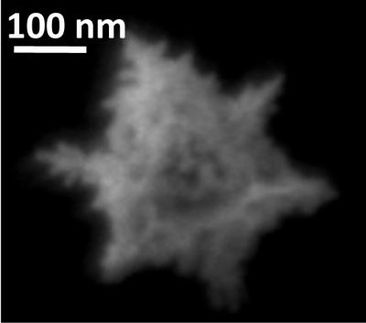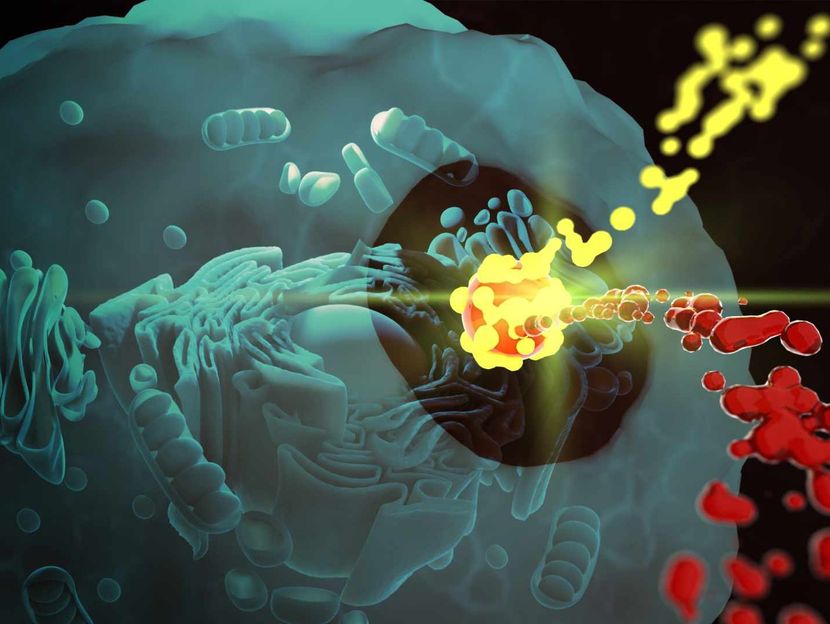Introducing the next generation of chemical reactors
Unique nanostructures which respond to stimuli, such as pH, heat and light will pave the way for safer, greener and more efficient chemical reactors. Being developed by a consortium of UK universities, the nanostructures can regulate reactions, momentum, and heat and mass transfer inside chemical reactors. This technology will provide a step change in reactor technology for the chemical, pharmaceutical and agrochemical industries.
Professor Yulong Ding of the Institute of Particle Science and Engineering at the University of Leeds explains: "This research programme is an important step towards producing the next generation of smart "small footprint", greener reactors. The responsive reaction systems we are investigating could make the measurement systems currently used in reactors redundant."
The technique is being developed through a collaborative research programme initiated by Professor Ding together with Dr Alexei Lapkin at the University of Bath, and Professor Lee Cronin at the University of Glasgow.
The programme involves designing and producing molecular metal oxides and polymers as building blocks, and engineering those blocks to form nanoscale structures, which are responsive to internal and / or external stimuli such as pH, heat or light. The structures can be dispersed in fluid, or coated on the reactor walls.
As conditions inside the reactor change, the nanostructured particles will respond by changing their size, shape, or structure. These changes could in turn alter transport properties such as thermal conductivity and viscosity, and catalyst activity – and hence regulate the reactions.
Professor Ding also believes that these systems also have the potential to eliminate the risk of 'runaway', where a chemical reaction goes out of control.
Most read news
Topics
Organizations
These products might interest you

CHSN-O, CN and N Elemental Analyzers by Velp Scientifica
State-of-the-art Elemental Analyzers for N, CN and CHSN-O in organic samples
Consistency, ease of use, and premium features for elemental analysis following official standards

HYPERION II by Bruker
FT-IR and IR laser imaging (QCL) microscope for research and development
Analyze macroscopic samples with microscopic resolution (5 µm) in seconds

Get the analytics and lab tech industry in your inbox
By submitting this form you agree that LUMITOS AG will send you the newsletter(s) selected above by email. Your data will not be passed on to third parties. Your data will be stored and processed in accordance with our data protection regulations. LUMITOS may contact you by email for the purpose of advertising or market and opinion surveys. You can revoke your consent at any time without giving reasons to LUMITOS AG, Ernst-Augustin-Str. 2, 12489 Berlin, Germany or by e-mail at revoke@lumitos.com with effect for the future. In addition, each email contains a link to unsubscribe from the corresponding newsletter.
























































